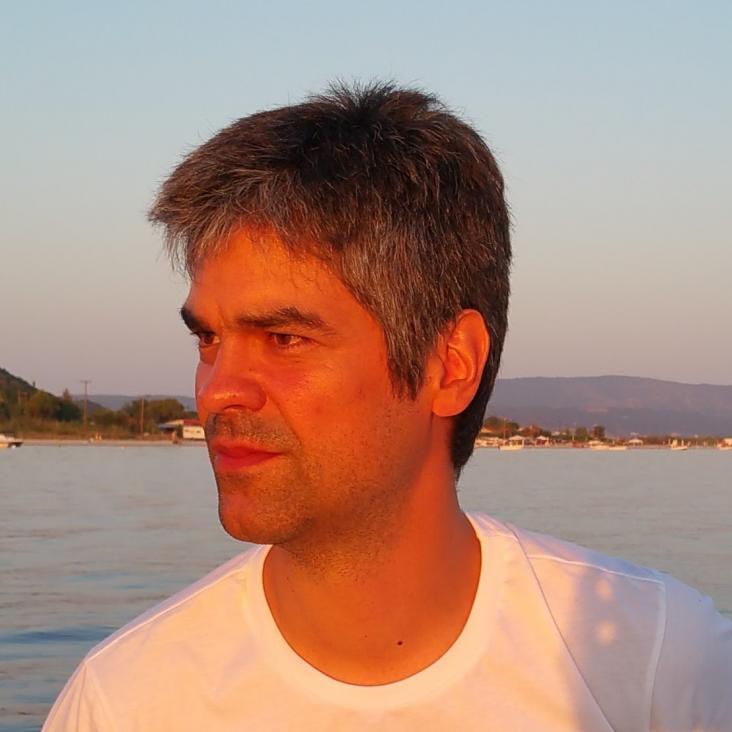The Thousand-Pulsar-Array programme on MeerKAT -- XII. Discovery of long-term pulse profile evolution in 7 young pulsars
(2024)
A MeerKAT view of the double pulsar eclipses
Astronomy & Astrophysics EDP Sciences 682 (2024) a26
A MeerKAT view of the double pulsar eclipses -- Geodetic precession of pulsar B and system geometry
(2023)
Pulsar polarization: a partial-coherence model
Monthly Notices of the Royal Astronomical Society Oxford University Press 525:1 (2023) 840-853
Abstract:
The population of radio pulsars is observed to demonstrate certain polarization properties not explained by the conventional picture of pulsar polarization, namely frequency evolution of polarization, deviations of the linear polarization angle from a curve of geometric origins, and the presence of features in the circular polarization. We present the partial-coherence model as a way to explain the co-occurrence of these features and to provide an origin for circular polarization in radio pulsar profiles. We describe the mathematics of the model and demonstrate how it can explain these observed features, both on a population level and for the idiosyncrasies of individual pulsars. The partial coherence model can account for complex polarization behaviour, enabling improved access to information about pulsar geometries. We discuss the scientific implications of this for our understanding of pulsar radio emission and propagation.Rotational and radio emission properties of PSR J0738−4042 over half a century
Monthly Notices of the Royal Astronomical Society Oxford University Press (OUP) 524:4 (2023) 5904-5917

